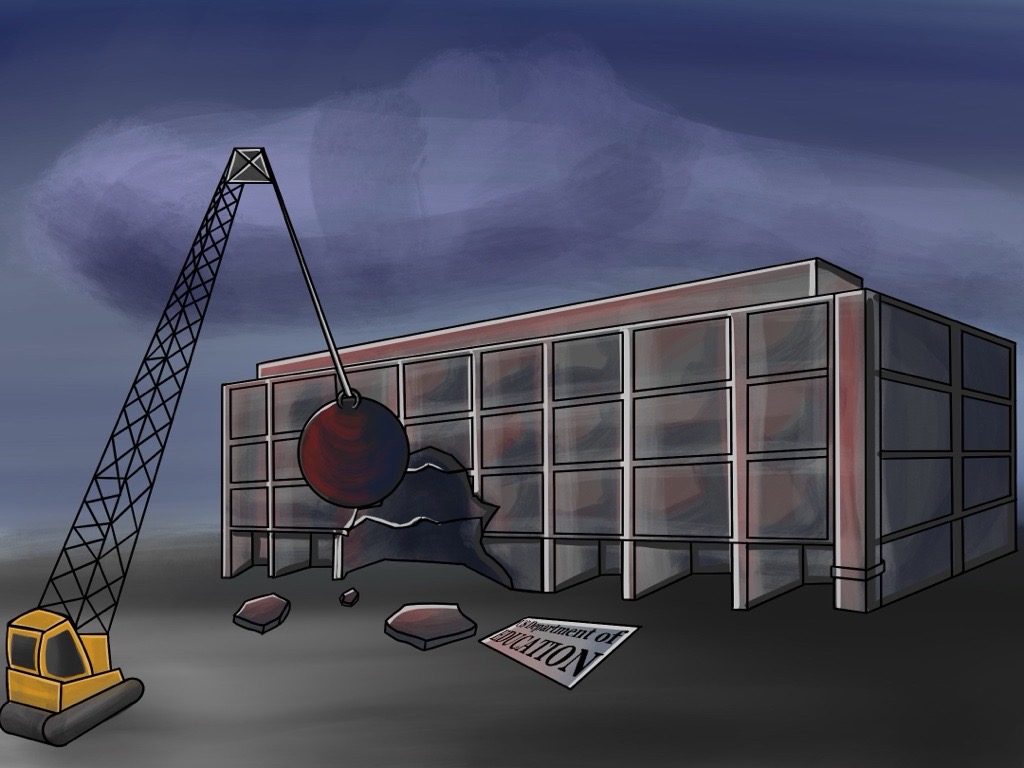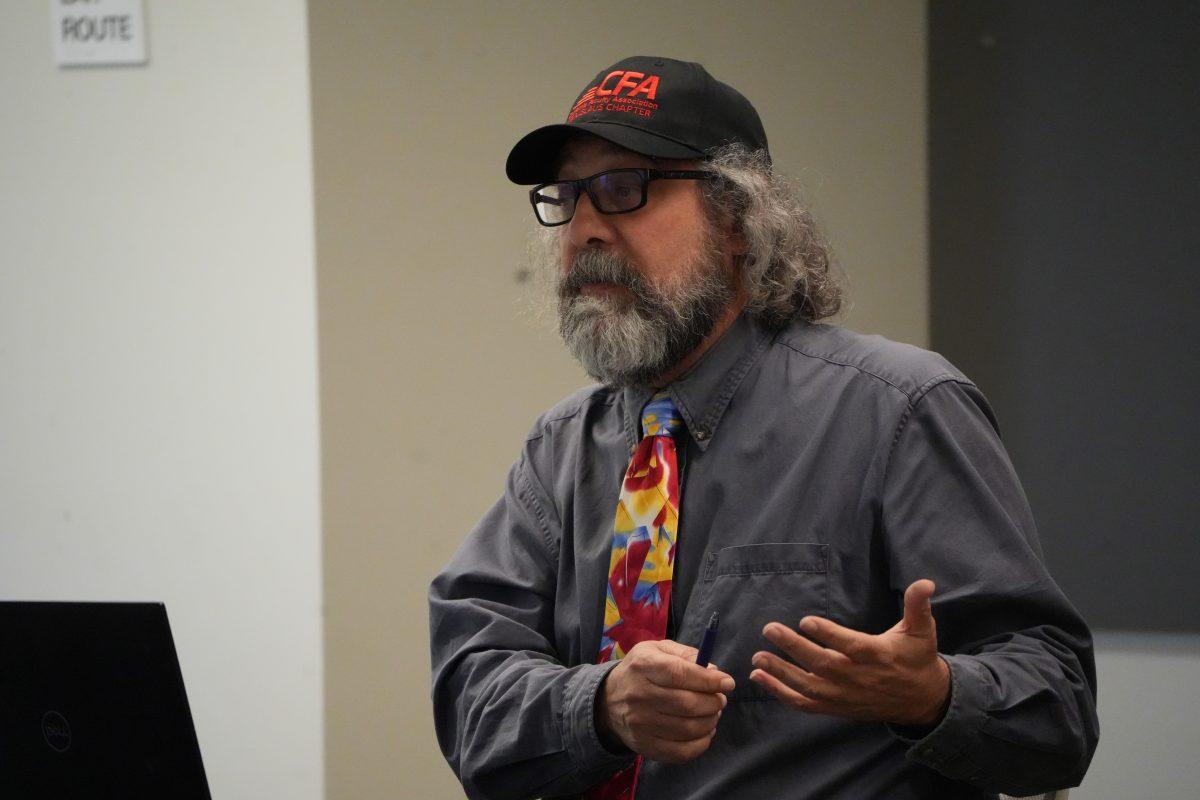California State University, Stanislaus has taken measures to reduce the risk of an illness outbreak. With recent cases of foreign-born disease, the CSU Chancellor’s office is reviewing emergency operations should there be a widespread infection.
One area of more concern than the current fear of Ebola is with diseases like meningitis that are more likely to appear in a college setting.
In less than a week’s time, 18-year-old Sara Stelzer, San Diego State student, had gone from experiencing flu-like symptoms to relying on life support, to being confirmed dead.
According to Fox news, the San Diego State student contracted a meningococcal infection in October of last year despite being vaccinated, resulting in meningitis. The disease is commonly seen in close living quarters and causes inflammation of tissue surrounding the brain and spinal cord.
NBC San Diego said a second student from Pennsylvania Drexel University died last year from the same bacteria after coming into contact with Princeton students who had meningococcal disease.
“The likelihood of Ebola is pretty well zero,” Dr. Schott Hennes, Director of the Student Health Center, said. “Now, mumps and measles and meningitis, those are the biggest risks for campuses that I have more concerns about. Our biggest risk, well a risk, is meningitis. It’s a bacteria that seems to present itself where people are more concentrated.”
In the case of an outbreak on campus, CSU Stanislaus would be in close contact with the Centers for Disease Control and Prevention (CDC) to determine the best action for the scenario.
“Well we do have isolation rooms,” said Hennes. “We would contact the county health officials which work in conjunction with the CDC and follow their advice from there. So we do have procedures we would implement if a student walked through our door infected.”
CSU Chancellor Timothy White said the campuses are reviewing and updating plans for handling disease which Dr. Hennes said may include tighter requirements for immunizations.
The CSU currently only requires MMR (Measles, Mumps and rubella) and Hepatitis B which may be changing in light of recent disease outbreaks. The problem, though, may be greater than a vaccine can solve.
Hennes said many students like Sara Seltzer were vaccinated for Meningitis A in junior high, yet contracted the disease in the form of a different strain (Meningitis B). He said the same may be true for the flu which has a nature of mutating.
“The flu this year has drifted in its genetic makeup,” Hennes said. “The flu shot people got covered some, but not all of the flu. Only about 12 percent of those vaccinated were completely protected.”
With the unpredictable nature of a disease, avoiding illness is more focused around prevention rather than eliminating infection once it is already present.
“That is the first line of defense and prevention, just basic hygiene,” Hennes said. “Hand washing is the best thing we could all do, that is what we really mostly emphasize. Wash your hands, wash your hands, wash your hands.”
Risk management, housing, student affairs, public relations and the health center meet together frequently to discuss scenarios that could happen and how to better educate students. In addition, the Student Health Advisory Committee (SHAC) serves the student body be interfacing between students, the health
In addition, the Student Health Advisory Committee (SHAC) serves the student body interfacing between students, the Health Center and the university president. SHAC is comprised of students and has been present in the quad and visited classrooms to inform other students of the Health Center’s location and services.
Collaborating with university departments and the CDC is center to constructing a plan should there be hazard. Dr. Hennes says though cleanliness comes first, the university is prepared to take action when need be, acknowledging each situation will require different measures.
“For any communicable disease, there are so many different scenarios,” Hennes said. “You want to anticipate the event the best you can so you’re not caught flat-footed. We want to educate people the best we can to not be afraid, we want to have an orchestrated response.”
Categories:
Disease outbreaks: Director of Student Health Center emphasizes prevention
By Natalie Hutchison
•
March 24, 2015
0
Donate to Signal
Your donation will support the student journalists of California State University, Stanislaus. Your contribution will allow us to purchase equipment and cover our annual website hosting costs.
More to Discover






